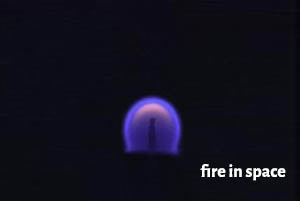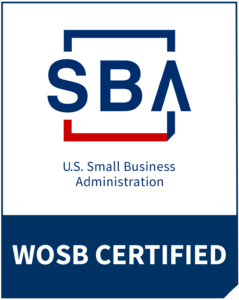Microgravity Research
We’re conducting research on the ISS!
Astropreneurs HUB works with universities and schools to design custom microgravity experiments in accordance with NASA standards. These experiments are launched to the International Space Station (ISS) where astronauts install them for about 30 days, during which time results are regularly beamed back to Earth. At the end of the experiment period the labs are sent back to Earth for further study.

1. Research Question
We will guide you through the basics of microgravity science. Working with a mentor, your team will develop a research question for NASA approval.

2. Build
Your team will design and install an experiment inside a pre-fabricated box. You will write a program built upon source code. This software will lay out the steps for your experiment to be executed, once your box is in outer space.

3. Launch
Your team will deliver the experiment for testing in California, after which it will be sent to the launch facility, installed in the cargo capsule of a rocket, and blasted off to ISS.

4. Data!
Once astronauts unload your experiment from the cargo capsule and install it on ISS, they will beam your research results back to Earth twice a week.

The (ISS) is a space station, or a habitable artificial satellite, in low Earth orbit. It provides an active research platform for space-based experiments designed by researchers from all levels, from students to professionals globally.
Astropreneurs Hub serves as an independent hardware and source code supplier for ISS labs. We provide customers with lectures on space-based research, government-led space projects, and space entrepreneurship (“astropreneurship!”), and more.
As our customers well know, the physical world behaves differently when you take gravity out of the equation. For example, you can grow large, nearly perfect crystals outside the pull of Earth’s gravity. You’ll also find that bacteria reproduce faster in space, though we’re not sure of the cause (yet). Can these unique phenomena be exploited to develop new manufacturing or pharmaceutical products to help our fellow citizens on Planet Earth?
Today’s student researchers are paving the way to address these, and other, important questions.


These are some of the experiments that can be done in microgravity onboard the ISS.
Electroplating
Iron oxide resistance
Concrete mixing
Bacterial growth
Plant growth
Ant colony
Fluid Flow
CO2 sensor
Singapore American School
Haileybury College & Swinburne University of Technology, Melbourne, Australia
Typical timeline for microgravity research projects

”One of the biggest parts of the project that I enjoyed was being a part of something that is bigger than me, and working with people closely while also honing my technical skills in the experiment subject area.
Devansh TandonUniversity of Southern California ('22)





